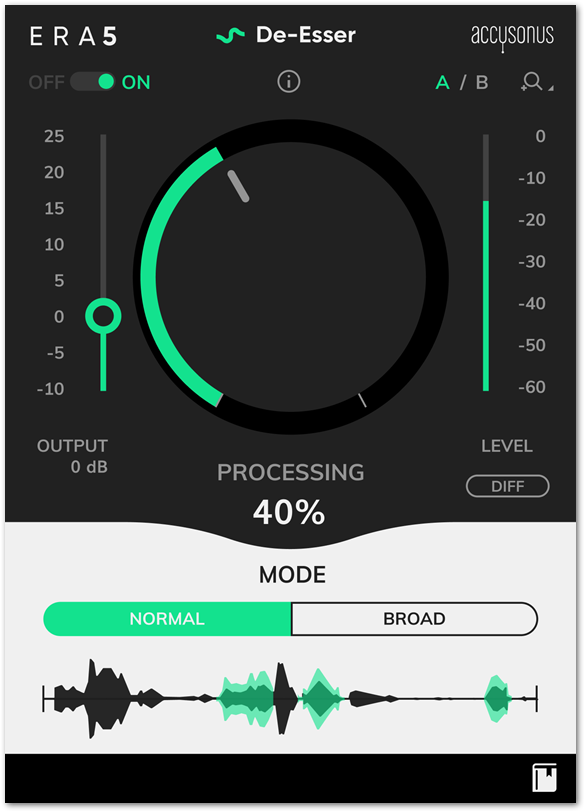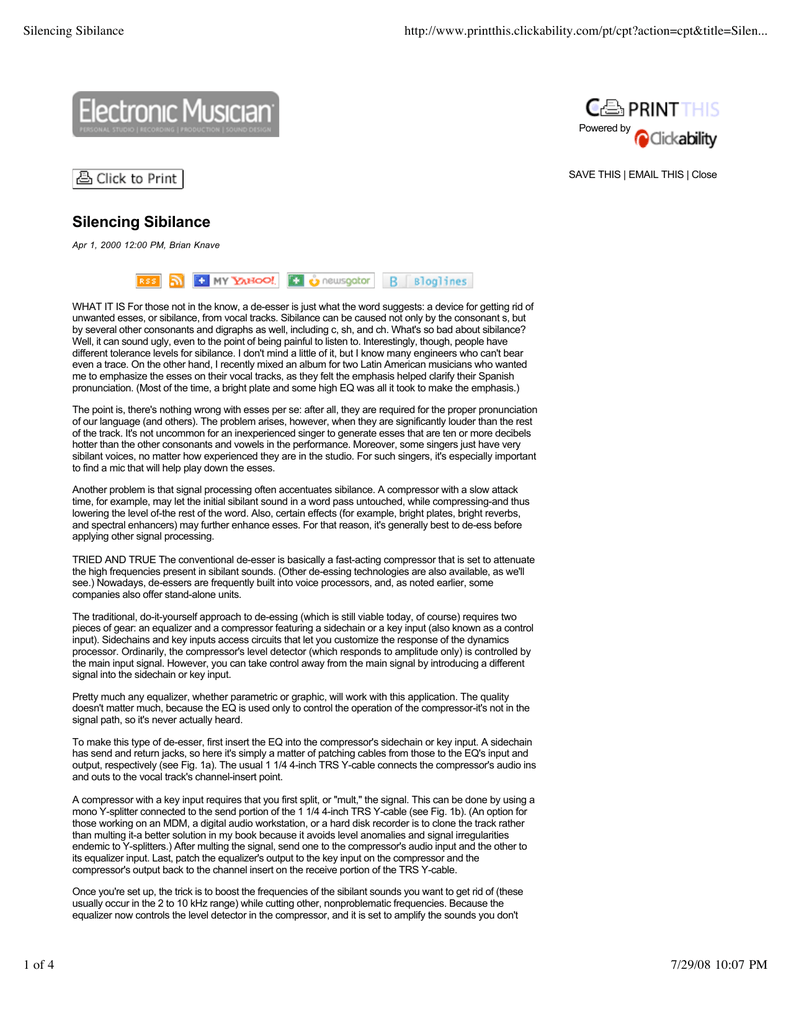

Try to find it to see where the peaks are, so you can later reduce them in the app’s EQ. There is a good chance someone uploaded the frequency graph of your headphones and left it on the internet. That way, you can choose and reduce the exact frequency range between 5-8kHz and see if it helps.

Try to find an equalizer with as many different frequency bands as possible. You can either download the app for PC or mobile phone or use the EQ that is already built inside your existing app. If your existing headphones produce a lot of sibilant hissing, you might try out tweaking with EQ settings. That takes a toll on detail rendition, but it’s much more pleasant to listen to for more extended periods. That way, the high-end frequencies never reach a point of producing piercing sound. When a treble loudness starts continually reducing, we’re talking about “rolling-off”. Or at least reduce the specific frequency range that causes sibilance. To combat sibilance, many manufacturers tune their headphones in a way to subdue treble. You might want to consider these things before purchasing a new pair of headphones, especially if you’re sensitive to high frequencies:Ĭhoose a headphone with rolled-off/smooth treble The result is a fatiguing sound that is impossible to listen to for extended periods. While that brings out more detail, especially in the vocals, it can also exaggerate the hissing “s” noises. Bright, analytical, and V-shaped headphones are usually the ones that cause sibilance because they boost the upper midrange/lower treble frequencies. It has a lot to do with the tuning of the headphones. However, some headphones can amplify the sibilant sounds, despite the same songs sounding fine on other audio equipment. Many factors result in a sibilant track, making your listening experience worse than expected: from the wrong microphone usage to incorrect microphone position and improper mixing.

Sibilance can be a tricky thing since it can already be present in the recording itself. The frequency in which vocal sibilance usually sits is around 5kHz to 8kHz, although piercing sounds can still occur at higher frequencies (cymbal crashes). Try to say: “Sally sells seashells by the seashore,” and evaluate how good you are at controlling the hiss. Some people might even be sibilant in real life when speaking to others. It’s the way our teeth grow (gaps between them), the shape of our tongue, and its proximity to the teeth, that generate the hissing sibilance. For example, when forming the “s”, we bring our tongue closer to the roof in our mouth, projecting the air into the upper teeth. It occurs because of the way we say those problematic letters. While we all produce a little bit of sibilance when speaking, some people’s sibilance is worse than others. It happens when a singer pronounces the word with consonants such as s, z, and t. When talking about audio, the sibilance is the painfully hissing sound that is audible in specific recordings.


 0 kommentar(er)
0 kommentar(er)
